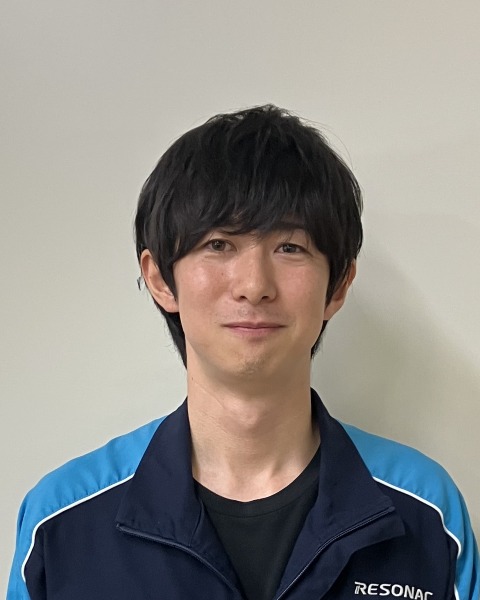Industry Sessions
IS17.4 - Innovative Manufacturing Method for Inductors: Realizing Excellent Magnetic Properties and Reliability by Low-pressure Molding using Magnetic Molding Compound
Wednesday, March 19, 2025
2:45 PM - 3:10 PM ET
Location: Level Four, A403

Hiroki Sonokawa (he/him/his)
Resonac Corporation
- YE
Yoshinori Endo
Resonac corporation
- MT
Mika Tanaka
Resonac corporation
Industry Session Presenter(s)
Co-Author(s)
Presentation Description: Inductors are an essential electronic component in all electrical and electronic equipment. Recently, they have been applied to fifth-generation (5G) compliant equipment such as mobile communication devices as well as to electronic control units (ECUs) in vehicles, and other advanced driver assistance systems (ADAS), and there has been a great deal of attention paid to not only improving the performance of inductors but also their high reliability.
Power inductors commonly used in power supply circuits use so called powder core, which is magnetic core of inductors, made from conventional magnetic powder materials by high pressure molding at several hundred MPa or higher. Recently, there has been a trend towards the miniaturization of power supply and larger current capacity of power source. To follow this trend, a structure that embeds coils within the composite, known as a metal composite structure, is widely used. In this method, the coil is pressed and molded with the coil embedded within the composite, so there is concern that the coil may be deformed or the insulation coating on coil may peel off due to high pressure molding, resulting in a loss of reliability. For this reason, the pressure during the molded product of the powder core must be low enough to maintain the quality of the coil, but it is difficult to achieve the desired density after molding in low pressure, making it difficult to achieve good magnetic properties.
In this study, we have developed a magnetic molding compound (MMC) with high density and excellent magnetic properties even under pressure of several tens of MPa such as in transfer molding and compression molding by combining a thermosetting resin that melts when heated and flows under low pressure with a spherical Fe-based amorphous alloy magnetic powder, applying semiconductor encapsulation technology. Furthermore, in collaboration with a device manufacturer, it is possible to create inductors with a variety of complex shapes. In the field of powder magnetic cores, the use of such low pressure techniques is an entirely new technology.
In this paper, It is compared the magnetic properties of the molded product made with the developed MMC in Transfer mold (T-mold) with those of the conventional high-pressure molding, and reveals the good properties. Furthermore it is also found that inductors molded by T-mold do not cause defects such as coil deformation and cracks, indicating the possibility of achieving high reliability.
Power inductors commonly used in power supply circuits use so called powder core, which is magnetic core of inductors, made from conventional magnetic powder materials by high pressure molding at several hundred MPa or higher. Recently, there has been a trend towards the miniaturization of power supply and larger current capacity of power source. To follow this trend, a structure that embeds coils within the composite, known as a metal composite structure, is widely used. In this method, the coil is pressed and molded with the coil embedded within the composite, so there is concern that the coil may be deformed or the insulation coating on coil may peel off due to high pressure molding, resulting in a loss of reliability. For this reason, the pressure during the molded product of the powder core must be low enough to maintain the quality of the coil, but it is difficult to achieve the desired density after molding in low pressure, making it difficult to achieve good magnetic properties.
In this study, we have developed a magnetic molding compound (MMC) with high density and excellent magnetic properties even under pressure of several tens of MPa such as in transfer molding and compression molding by combining a thermosetting resin that melts when heated and flows under low pressure with a spherical Fe-based amorphous alloy magnetic powder, applying semiconductor encapsulation technology. Furthermore, in collaboration with a device manufacturer, it is possible to create inductors with a variety of complex shapes. In the field of powder magnetic cores, the use of such low pressure techniques is an entirely new technology.
In this paper, It is compared the magnetic properties of the molded product made with the developed MMC in Transfer mold (T-mold) with those of the conventional high-pressure molding, and reveals the good properties. Furthermore it is also found that inductors molded by T-mold do not cause defects such as coil deformation and cracks, indicating the possibility of achieving high reliability.
